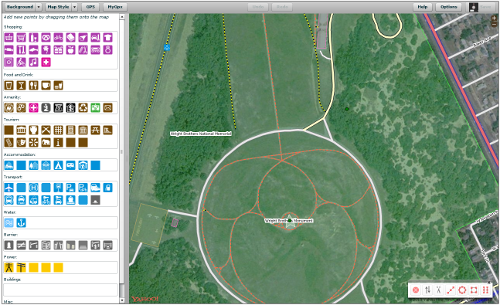Earlier this year at Google I/O, we announced a collaboration between Google and VMware focused on making it easy to build business-oriented, cloud portable web apps. We showed how businesses could use our integrated developer tools to build modern web apps that are “cloud ready” from the start, and can be deployed to any standard environment, including Google App Engine and on VMware vFabric on-premise solutions. Today we are happy to announce that these tools will be generally available within the next few weeks.
Of course, if you’re itching to get a head start, you can jump right in by downloading the release candidate (RC1) versions of the tools. The easiest way to get the entire tool set is to by downloading SpringSource Tool Suite RC1.
If you’d prefer to wait for the general release, you can sign up here to be notified as soon as they are available.
Spring Roo and Google Web Toolkit – Spring Roo, a next generation rapid application development tool, combined with the power of Google Web Toolkit (GWT) enables developers to build rich browser apps in enterprise production environments. These GWT-powered applications leverage modern browser technologies such as AJAX and HTML5 to create the most compelling end-user experience on both desktops and mobile browsers.
Spring Insight and Google Speed Tracer – Google’s Speed Tracer with VMware’s Spring Insight performance tracing technology enable end-to-end performance visibility into cloud applications. This integration provides a holistic view into the web application performance, improving the end-user experience by optimizing the client side as well as the server side.
SpringSource Tool Suite and Google Plugin for Eclipse – The integration of SpringSource Tool Suite and the Google Plugin for Eclipse makes it easy for developers to build and maintain large scale, web-based, enterprise applications, putting tools that were previously only available when building desktop and server solutions in the hands of those building cutting edge web apps.
For a complete “Getting Started” guide, be sure to checkout Getting Started with GWT, Spring Roo, and SpringSource Tool Suite.
Moving forward, both teams are excited about the strides we can make in the mobile web app space. As it stands today, the current technology stack makes it possible to create optimized web apps targeted for the mobile browser. Longer term, we will be looking at incorporating mobile best practices, styled UIs, and HTML5 features such as app cache, local database storage, and geolocation to make the developer and end-user experience first class.
As always, we’d love to hear your feedback and thoughts on this release. Our GWT developer forum is the best place to post this information. Happy coding!


